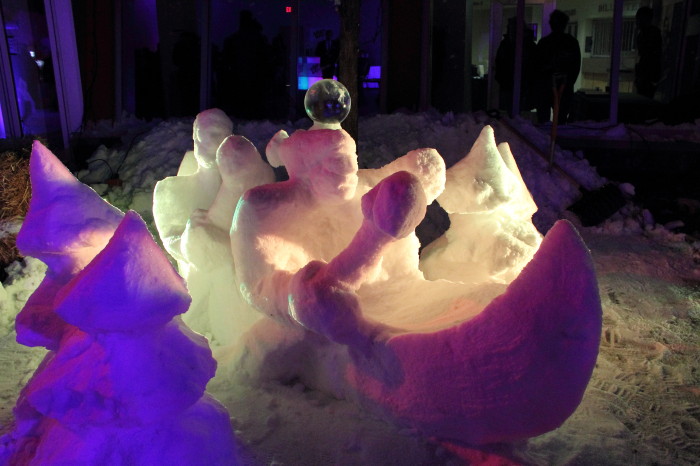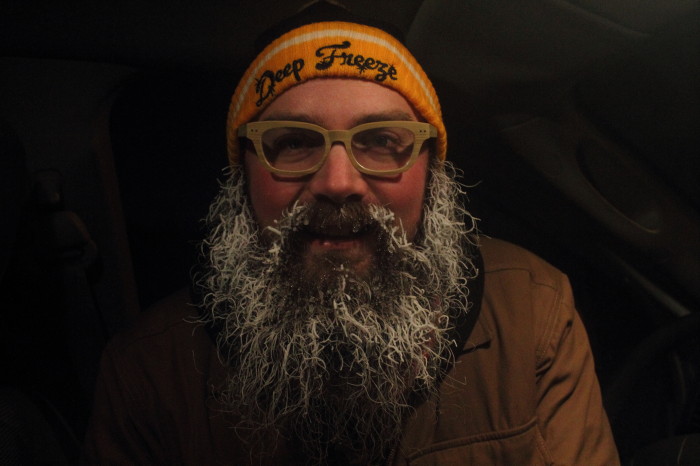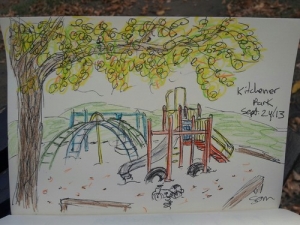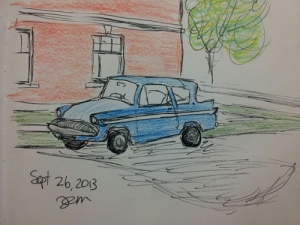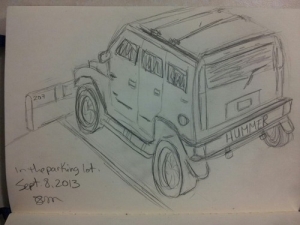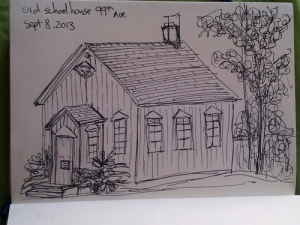When I was 13 years old, my mom gave me a treasure of a book. It was the story of an "extraordinary correspondence" between an artist and the woman who sees his art develop as he makes it. The truly compelling part was that the book was made up of postcards and letters sent by each character, with stunning original artwork, and real letters that you could pull out of real envelopes. I was completely entranced. Not only did the story light up the part of me that loves a good, dark mystery, but the artwork was like nothing I had ever seen before. The book was Griffin and Sabine and the author/artist - Nick Bantock - went on to become one of my greatest artistic influences.
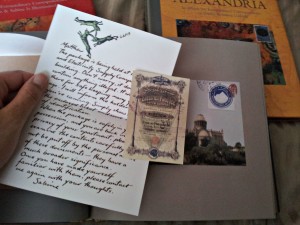
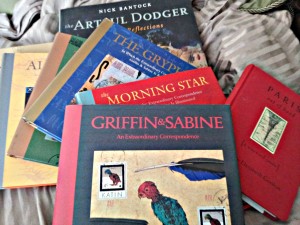
In the first book we learn that Sabine lives on an (imaginary) island in the South Pacific, and that she has taken over her father's work of cataloging all the islands plants and animals. She is an artist as well and designs stamps for her small country. As I reread the book recently I saw all my aesthetic fascinations come to life: natural history, maps, stamps and mail art, mythology, collage, and postcards. I don't know if these obsessions were initially inspired by my experience of Bantock's work, but it certainly breathed life into them.
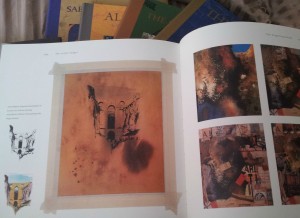 Another favourite Bantock book is The Forgetting Room, the story of a man who returns to his family's home in Spain to settle his grandfather's estate. There he finds a puzzle to unravel and in the process learns to create art as his grandfather did. Again the mystery pulled me in, however to me the most important part of the book is when the narrator explains how he makes a collage, guided by remembered words of his grandfather. Each step of the process is shown in the book and this felt like a magical glimpse into the secret world of an artist I admired so much. Here he was, laying out step by step how he makes his enigmatic images. I couldn't believe I had been given such a gift, and immediately began experimenting with this technique in my own collages. I was able to create work that was so much more rich and satisfying than it had been before.
Another favourite Bantock book is The Forgetting Room, the story of a man who returns to his family's home in Spain to settle his grandfather's estate. There he finds a puzzle to unravel and in the process learns to create art as his grandfather did. Again the mystery pulled me in, however to me the most important part of the book is when the narrator explains how he makes a collage, guided by remembered words of his grandfather. Each step of the process is shown in the book and this felt like a magical glimpse into the secret world of an artist I admired so much. Here he was, laying out step by step how he makes his enigmatic images. I couldn't believe I had been given such a gift, and immediately began experimenting with this technique in my own collages. I was able to create work that was so much more rich and satisfying than it had been before.
"Chaos, order, chaos, order recurring. The layering of texture, the building from ground was like archaeology in reverse--onion-like skins plumping themselves out, one by one. I worked fast, playing with the materials to see what would happen. When the picture started to work in some sections, it became more difficult and the changes I made were less radical, though I still wouldn't allow myself to become precious."
Bantock's art is forever fascinating to me because of the layers and textures. You can dive into one of his collages and explore it like it's its own little world. I love the darkness, the mischievousness, the feeling of something so very very old, with infinite stories to tell. His writing, too, evokes far away lands and ancient tales, and sets my imagination aflame.
Opening up these books again has felt like taking a deep breath of my own creative history. I remember why I wanted to make art. I wanted to inspire people the way I had been inspired. I wanted to explore ancient stories and feelings, to plumb the richness of my experience and dive down deep. I wanted to be like an archaeologist, an explorer, a natural historian, documenting the treasures I uncover. Thank you Nick Bantock for reminding me of why I do what I do.
Is there anything from your past that still inspires you today? I'd love to hear about it in the comments below.
Have a look at Bantock's website for more images and info. Or just do a Google image search and prepare to be blown away.
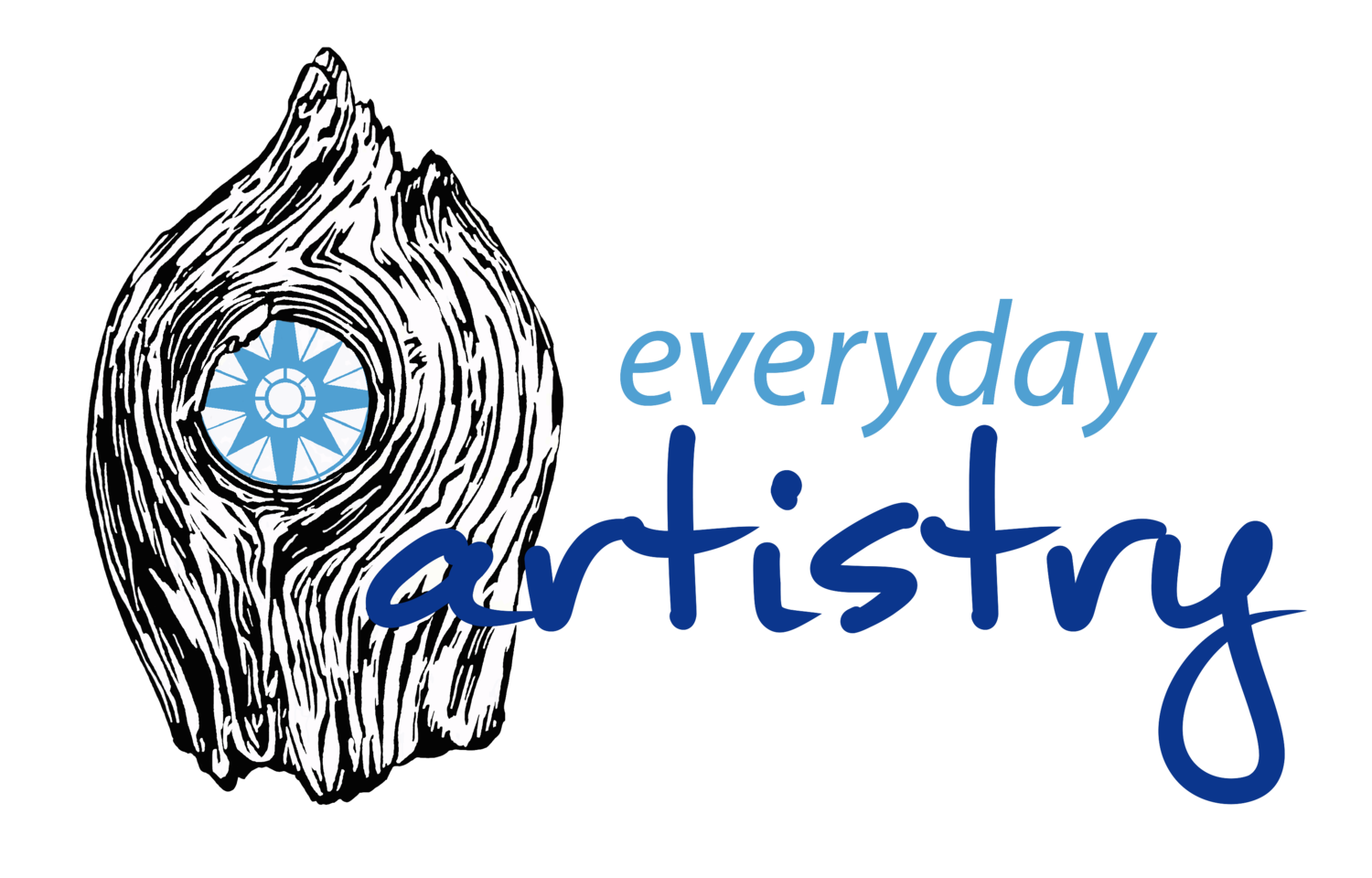
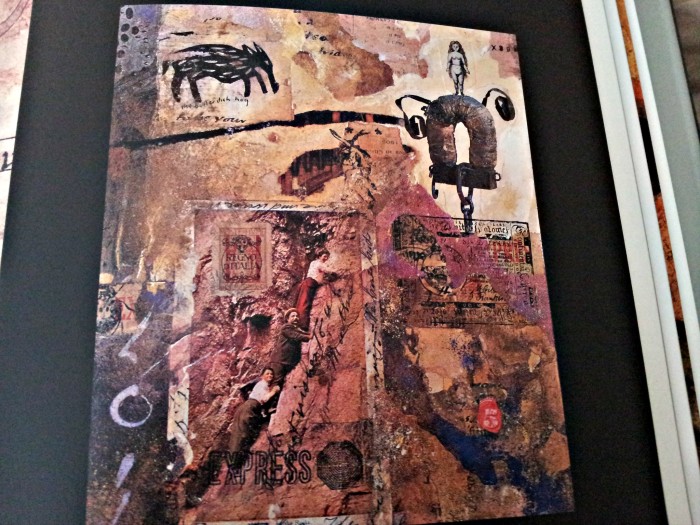
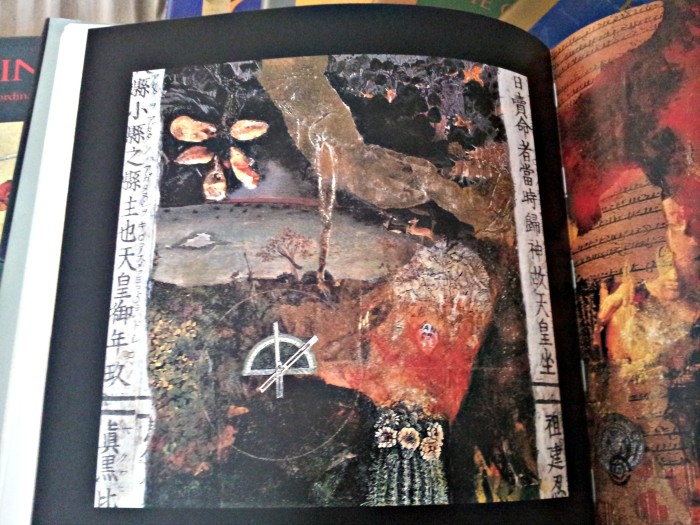
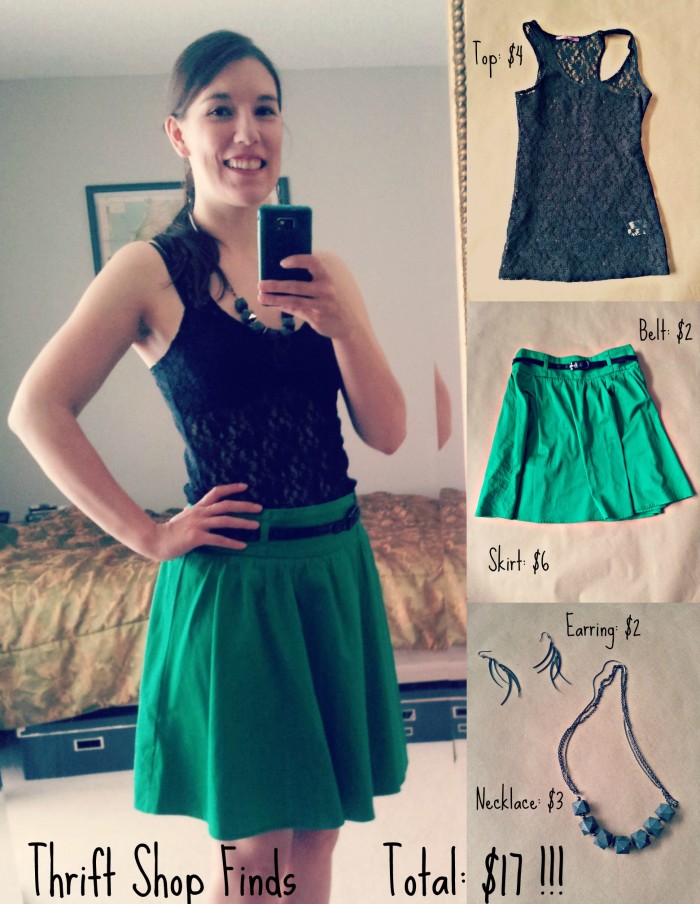













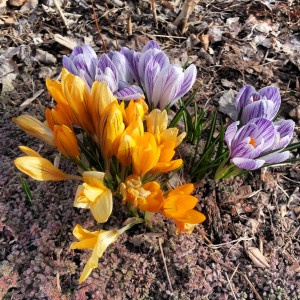
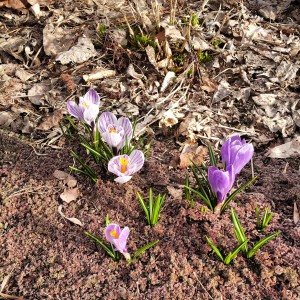


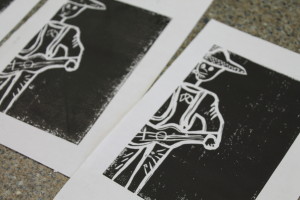
 I hope you'll join me at the next workshop on Saturday, September 27th from 1-5. There are only 5 spots available, so sign up now!
I hope you'll join me at the next workshop on Saturday, September 27th from 1-5. There are only 5 spots available, so sign up now! With one of my biggest shows of the year coming up in two days (it's the spring
With one of my biggest shows of the year coming up in two days (it's the spring 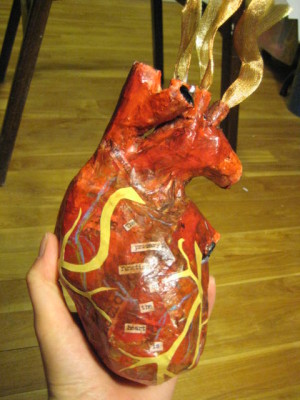 as a guide, I balled up newspaper to make the meaty part, then used toilet paper tubes to form the various passageways, holding it all together with masking tape. I covered the whole thing in paper mache, then collaged and painted it, using cut paper to form the veins. I gave it to my friend on her birthday, not sure if she would love it or think it was super weird. She loved it, and still has it 5 years later. A few years later I made one for my boyfriend on our first Valentines Day. He suggested that I make them for my I Heart Edmonton line and I was really excited about the idea. I decided to close that line of art before I got around to making the hearts but the idea stuck and now I finally have some for sale.
as a guide, I balled up newspaper to make the meaty part, then used toilet paper tubes to form the various passageways, holding it all together with masking tape. I covered the whole thing in paper mache, then collaged and painted it, using cut paper to form the veins. I gave it to my friend on her birthday, not sure if she would love it or think it was super weird. She loved it, and still has it 5 years later. A few years later I made one for my boyfriend on our first Valentines Day. He suggested that I make them for my I Heart Edmonton line and I was really excited about the idea. I decided to close that line of art before I got around to making the hearts but the idea stuck and now I finally have some for sale.

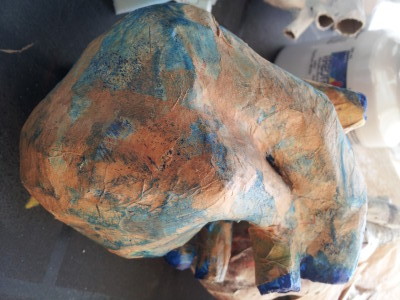
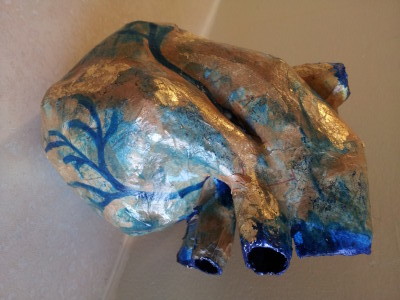
 I bought by first DSLR camera in January and I'm slowly learning how to use it. I'd like to do a regular series where I talk about what I'm learning and share some of my photos. If there are any seasoned photographers out there it would be great to know what you think!
I bought by first DSLR camera in January and I'm slowly learning how to use it. I'd like to do a regular series where I talk about what I'm learning and share some of my photos. If there are any seasoned photographers out there it would be great to know what you think!







